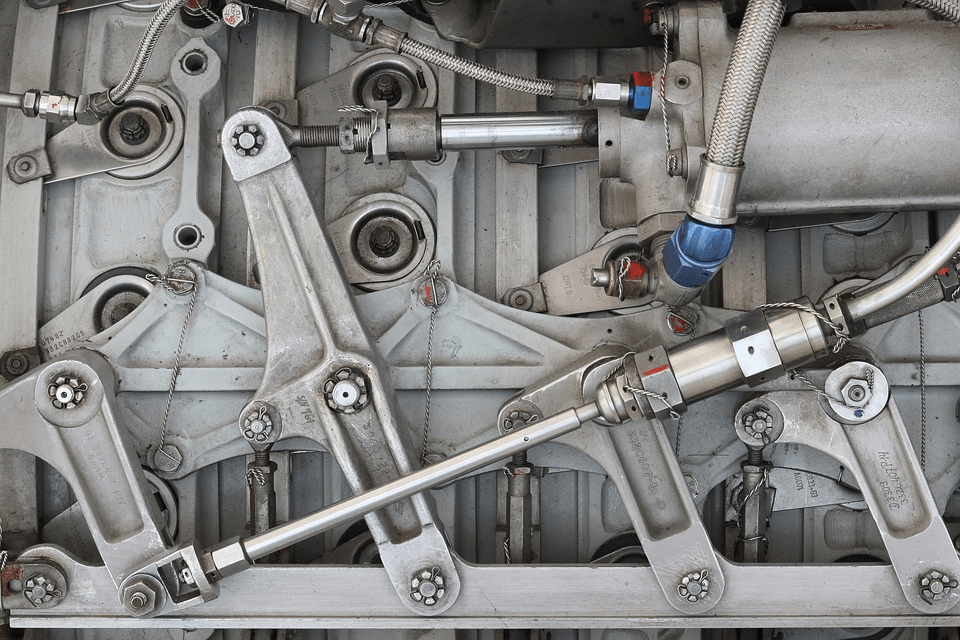In machine design, the role of a sensor is paramount in converting any physical property into an analogue signal which facilitates automation. Machine automation is responsible for the industrial revolution that bolstered economies around the world. Different physical properties require the interpretation of a sensor such as distance, position, temperature, and liquid flow. This article aims to describe each sub-category of sensors according to the property converted.
Reason For Using The Machine Automation Sensors
There are different reasons for using the machine automation sensors that you need to take care off while you want to improve your learning process.
Position sensing:
Detecting the position of an object is possible using different types of sensors specifically measuring linear or angular motion. Encoders, potentiometers, and linear transducers are some of the preferred methods of sensing linear displacement. These devices are compatible with different types of machine assembly. Linear sensors used in rugged industrial applications commonly use a non-contact inductive technology to reduce the effect of friction and wear and tear.
Distance sensing:
Distance sensors can measure the rough distance and often function as a “within range” detecting device. Some distance sensors are programmable such that you can identify the distance of a target object even at an approximate location.
Photoelectric sensors which use light in sensing distance can also work as a distance transmitter. A photoelectric transmitter can detect a distance range of between less than 5 mm to more than 10 m. The resolution is better at short range, but even if the resolution quality decreases at a more extended measurement range, it is still good enough for most machine automation applications.
Speed sensing:
Hall-effect, photoelectric, and inductive sensors are commonly used to sense speed and location. The preferred output is usually a train of digital pulses. A speed switch is typically used for machine automation in monitoring the speed of rotating shafts and identifying whether it is turning too fast or too slow; hence creating problems with the process. As a control mechanism, a sensor signals when the machine is running too fast so that it can automatically shut off.
Fluid flow sensing:
A fluid flow indicator is a sensor used explicitly in measuring the flow rate of liquid or gas. A typical flow sensor consists of a paddle wheel or a float. Some practical applications of a fluid flow sensor include water monitoring in wastewater processing plants and flow indication in HVAC systems.
In most applications using a flow sensor, the sensor can provide either a digital or analogue output. Although there are several ways to measure liquid flow, one that works to detect differential pressure produces the most precise measurements and fastest response time.
Temperature sensing:
Sensors used in monitoring temperature come in a wide range of configurations suited for different applications. Sensing changes in temperature in machine automation is essential. It helps determine when a machine overheats, and to maintain the optimal setting for the device to work correctly. Examples of uses for temperature sensors include boilers, large motors, and compressors. Aside from the temperature sensor, switches are also included in the configuration to aid with temperature control and monitoring.
Read Also:
Image: Unsplash.com






















